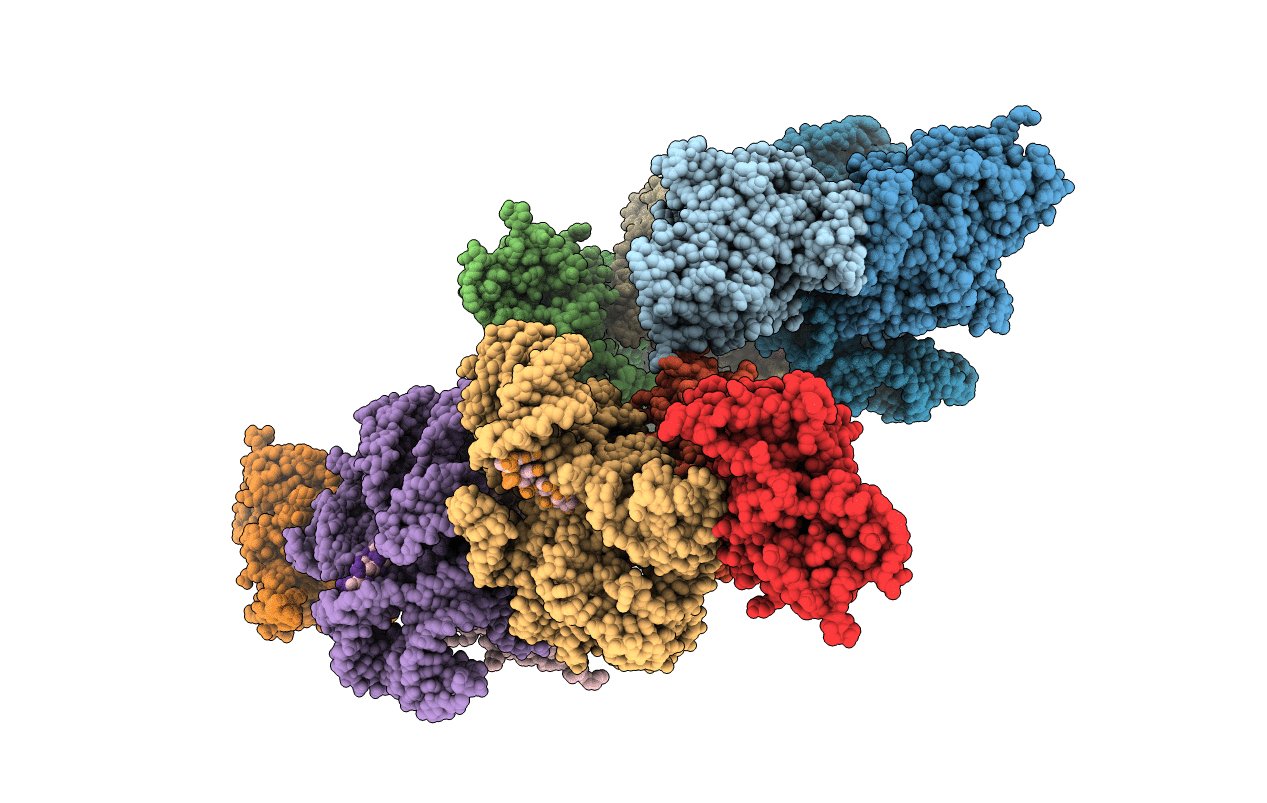
Deposition Date
2007-10-16
Release Date
2008-01-08
Last Version Date
2023-08-30
Entry Detail
PDB ID:
2RKJ
Keywords:
Title:
Cocrystal structure of a tyrosyl-tRNA synthetase splicing factor with a group I intron RNA
Biological Source:
Source Organism:
Staphylococcus phage Twort (Taxon ID: 55510)
Neurospora crassa (Taxon ID: 5141)
Neurospora crassa (Taxon ID: 5141)
Host Organism:
Method Details:
Experimental Method:
Resolution:
4.50 Å
R-Value Free:
0.24
R-Value Work:
0.23
Space Group:
P 1 2 1


